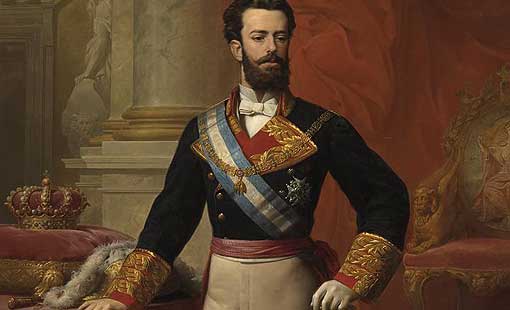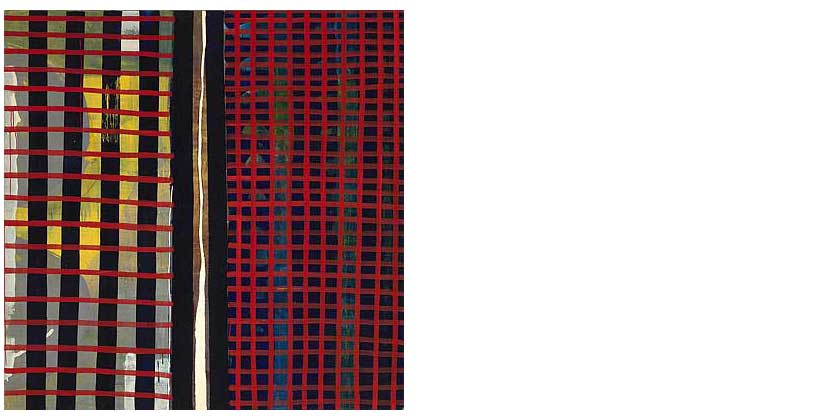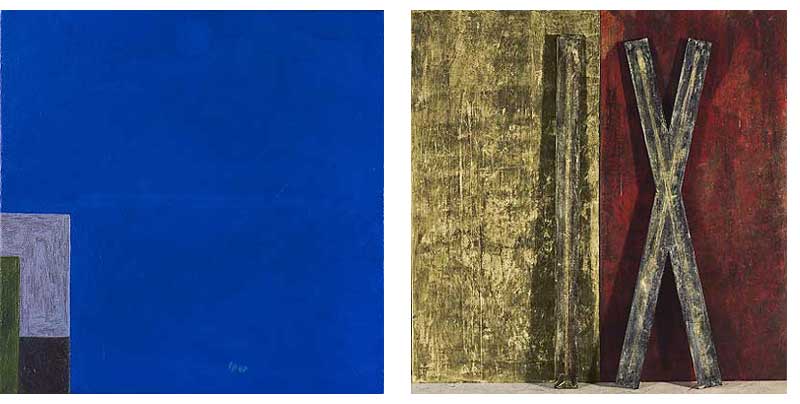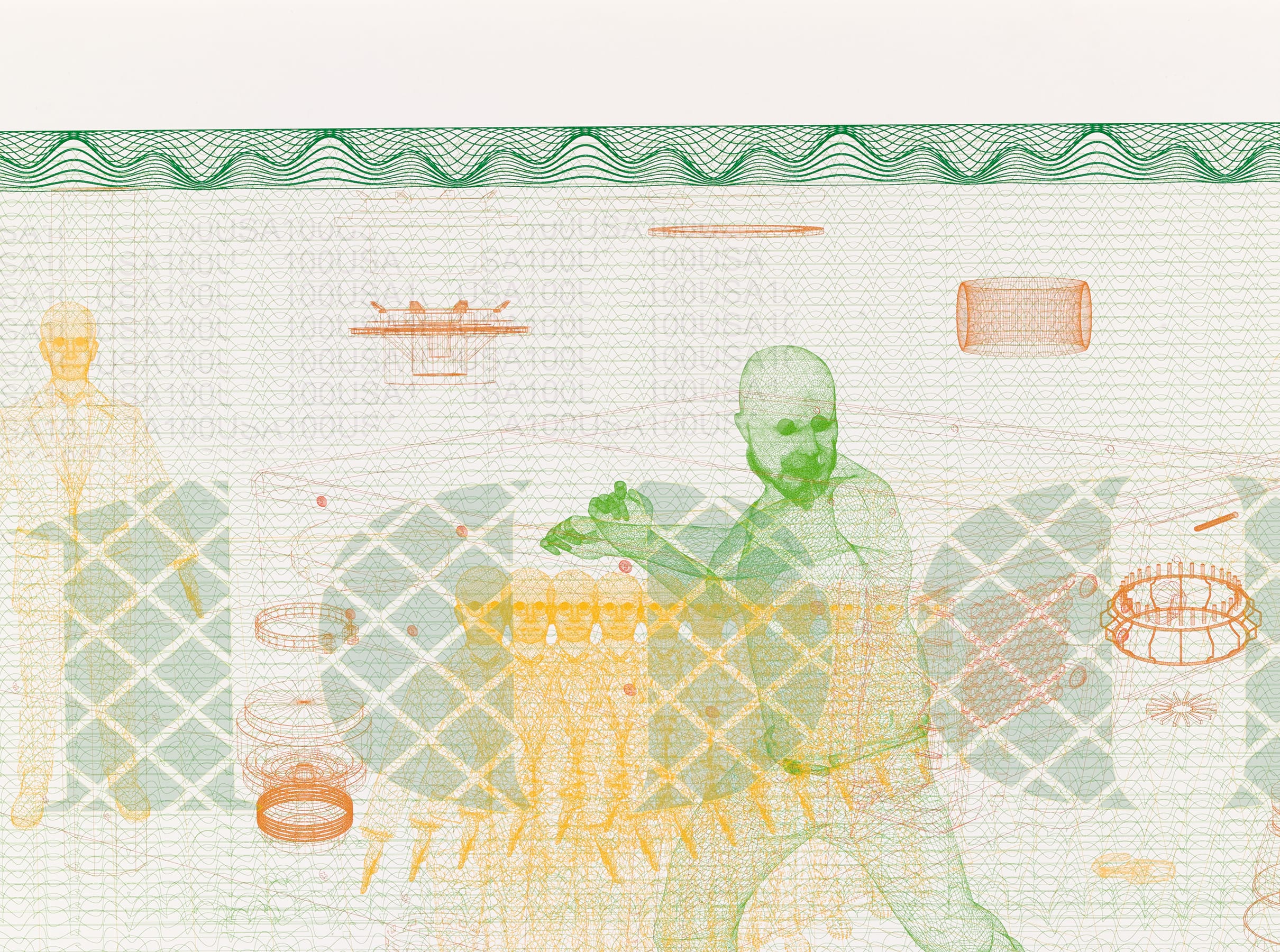
Works from the Collection shown at exhibitions in Valencia, Tenerife and Valladolid
The Banco de España is committed to bringing its historic and artistic heritage to the general public. For example, it has recently completed a new website and it plans to open a permanent gallery at its headquarters at Plaza de Cibeles in the coming months. The bank is also allowing works from its collection out on loan to four major exhibitions scheduled for the first half of 2021 at galleries around Spain: the Museum of Fine Arts of Valencia![]() , Bombas Gens Art Centre
, Bombas Gens Art Centre![]() , Tenerife Art Space (TEA)
, Tenerife Art Space (TEA)![]() and the Patio Herreriano Museum in Valladolid
and the Patio Herreriano Museum in Valladolid![]() . The idea is to support and help energise art and culture in Spain in these complicated times.
. The idea is to support and help energise art and culture in Spain in these complicated times.
At the Museum of Fine Arts of Valencia, the Banco de España Collection is cooperating in the Joaquín Agrasot. An international painter![]() exhibition (18 February - 23 May 2021) dedicated to Alicante-born Joaquín Agrasot (1836-1919), a major figure in the renewal of realism in Valencian art in the second half of the 19th century. Curated by Rafael Gil Salinas and Ester Alba Pagán, this is a major showcase for the artist featuring a broad selection of paintings drawn from across his long career. It strives to compare his work with that of his contemporaries and thus underscore his importance as an artist.
exhibition (18 February - 23 May 2021) dedicated to Alicante-born Joaquín Agrasot (1836-1919), a major figure in the renewal of realism in Valencian art in the second half of the 19th century. Curated by Rafael Gil Salinas and Ester Alba Pagán, this is a major showcase for the artist featuring a broad selection of paintings drawn from across his long career. It strives to compare his work with that of his contemporaries and thus underscore his importance as an artist.
One of those contemporaries is Carlos Luis de Ribera y Fieve (1815-1891) who, like Agrasot, painted a portrait of King Amadeo I of Spain, of the House of Savoy in 1871, the first year of his brief reign. That portrait is part of the Banco de España Collection. It depicts the king, then aged just 26, in a riding uniform, standing before the Throne of San Fernando against a red background. The king's pose, his attitude and indeed the background are very similar to those in the portrait by Agrasot that hangs in the Gravina Museum of Fine Arts (MUBAG) in Alicante. The exhibition also features the portrait of the king painted in 1872 by Vicente Palmaroli, which is owned by the Prado. The exhibition seeks to spark a discussion on how the Spanish monarchy was represented in art in the late 19th century.
 Carlos Luis de Ribera: Amadeo I of Savoy (1871) | Joaquín Agrasot: Amadeo I of Savoy (1871) | Vicente Palmaroli: Amadeo I of Savoy (1872) |
Carlos Luis de Ribera: Amadeo I of Savoy (1871) | Joaquín Agrasot: Amadeo I of Savoy (1871) | Vicente Palmaroli: Amadeo I of Savoy (1872) |
The Banco de España has loaned a much more recent work to the exhibition Eye and Landscape ![]() (Bombas Gens Art Centre in Valencia, 12 March - 12 September 2021), which brings together a broad selection of works dating from the late 1980s to the present by Santander-born artist Juan Uslé, who won the Ministry of Culture's National Award for Plastic Arts in 2002. The exhibition is curated by Nuria Enguita and Vicent Todolí and includes Red Works (1992), which Carlos Martín describes as focusing attention on structure via a grid, an element with many different connotations in the modern world, seeking to record a script, a human gesture, in the irregularity of its brushstrokes.
(Bombas Gens Art Centre in Valencia, 12 March - 12 September 2021), which brings together a broad selection of works dating from the late 1980s to the present by Santander-born artist Juan Uslé, who won the Ministry of Culture's National Award for Plastic Arts in 2002. The exhibition is curated by Nuria Enguita and Vicent Todolí and includes Red Works (1992), which Carlos Martín describes as focusing attention on structure via a grid, an element with many different connotations in the modern world, seeking to record a script, a human gesture, in the irregularity of its brushstrokes.
 Juan Uslé: Red Works (1992)
Juan Uslé: Red Works (1992)
The Banco de España has also loaned works from its collection to two other exhibitions: Scales (1980-2020)![]() (Tenerife Art Space (TEA), 19 February - 9 May 2021) and Painting: ongoing renovation
(Tenerife Art Space (TEA), 19 February - 9 May 2021) and Painting: ongoing renovation![]() (Patio Herreriano Museum in Valladolid, 6 March - 29 August 2021). The first is dedicated to Luis Palmero (b. La Laguna, Santa Cruz de Tenerife, 1957), a painter whom exhibition curator Nilo Palenzuela describes as returning continually to the exploration of motifs, planes of colour, forms, grids and landscapes in a quest to express the brightness and living intensity of pictorial experience. Showcasing his ability to evoke the very essence of interior and exterior spaces, the two works dating from 1990 loaned by the Collection are fine examples of his art.
(Patio Herreriano Museum in Valladolid, 6 March - 29 August 2021). The first is dedicated to Luis Palmero (b. La Laguna, Santa Cruz de Tenerife, 1957), a painter whom exhibition curator Nilo Palenzuela describes as returning continually to the exploration of motifs, planes of colour, forms, grids and landscapes in a quest to express the brightness and living intensity of pictorial experience. Showcasing his ability to evoke the very essence of interior and exterior spaces, the two works dating from 1990 loaned by the Collection are fine examples of his art.
Painting: ongoing renovation is a collective exhibition featuring works by almost 50 artists that seeks to shed light on aesthetic issues associated with contemporary painting. The exhibition is curated by Mariano Navarro. The Banco de España has loaned Nona Gris (1988-1989) by Santiago Serrano, a painting in which, in the words of Isabel Tejeda, the subject emerges from the flat plane and leans against the diptych on the wall and floor.
 Luis Palmero: Untitled (1990) | Santiago Serrano: Nona Gris (1988-1989)
Luis Palmero: Untitled (1990) | Santiago Serrano: Nona Gris (1988-1989)
